Enhanced Data Security
The blockchain insurance market in South America benefits from enhanced data security, a critical driver for its growth. The decentralized nature of blockchain technology ensures that sensitive information is stored securely, reducing the risk of data breaches. This is particularly relevant in a region where cyber threats are rising. According to recent studies, the cost of cybercrime in South America is projected to reach $90 billion by 2025. As insurance companies adopt blockchain solutions, they can offer policies that protect against such risks, thereby attracting more customers. Enhanced data security not only builds trust among consumers but also encourages insurers to innovate their offerings, further propelling the blockchain insurance market in South America.
Cost Efficiency in Operations
Cost efficiency is emerging as a significant driver in the blockchain insurance market in South America. By leveraging blockchain technology, insurance companies can streamline their operations, reducing administrative costs associated with claims processing and underwriting. For instance, the use of smart contracts can automate various processes, minimizing the need for intermediaries and thus lowering operational expenses. A report indicates that companies utilizing blockchain could save up to 30% in operational costs. This cost efficiency allows insurers to offer more competitive premiums, which is likely to attract a broader customer base. As a result, the blockchain insurance market in South America is poised for substantial growth as companies seek to optimize their financial performance.
Growing Demand for Customization
The growing demand for customization in insurance products is a notable driver for the blockchain insurance market in South America. Consumers are increasingly seeking tailored insurance solutions that meet their specific needs. Blockchain technology facilitates this by enabling insurers to create personalized policies based on real-time data and customer behavior. This level of customization can lead to improved customer satisfaction and retention. In South America, where diverse economic conditions exist, the ability to offer bespoke insurance products can significantly enhance market competitiveness. As a result, the blockchain insurance market is likely to expand as companies harness this technology to meet evolving consumer expectations.
Regulatory Support for Innovation
Regulatory support for innovation is emerging as a crucial driver in the blockchain insurance market in South America. Governments in the region are increasingly recognizing the potential of blockchain technology to enhance transparency and efficiency in the insurance sector. As a result, regulatory frameworks are being developed to encourage the adoption of blockchain solutions. For instance, some countries are implementing sandbox environments that allow insurers to test blockchain applications in a controlled setting. This regulatory support not only mitigates risks associated with new technologies but also fosters an environment conducive to innovation. As regulations evolve, the blockchain insurance market in South America is likely to experience accelerated growth, as companies feel more secure in their investments in blockchain technology.
Increased Collaboration Among Stakeholders
Increased collaboration among stakeholders is pivotal for the blockchain insurance market in South America. Insurers, regulators, and technology providers are increasingly working together to explore the potential of blockchain solutions. This collaborative approach fosters innovation and accelerates the adoption of blockchain technology within the insurance sector. For example, partnerships between traditional insurers and insurtech firms are becoming more common, allowing for the sharing of expertise and resources. Such collaborations can lead to the development of new products and services that cater to the unique needs of the South American market. Consequently, this synergy is likely to propel the blockchain insurance market forward, creating a more dynamic and responsive industry.


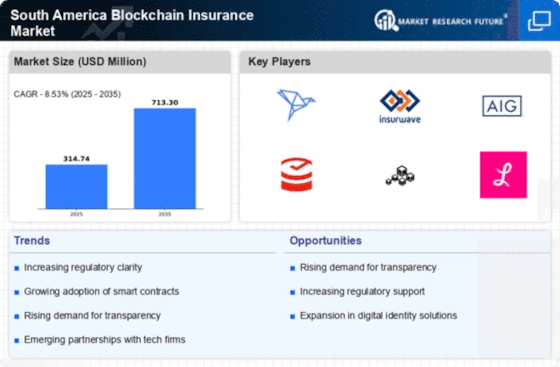
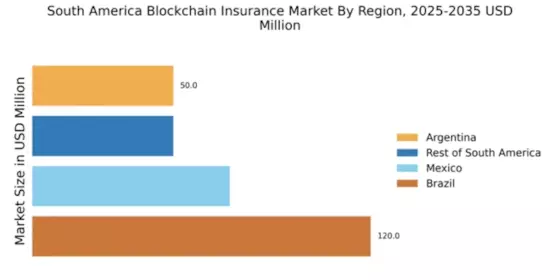
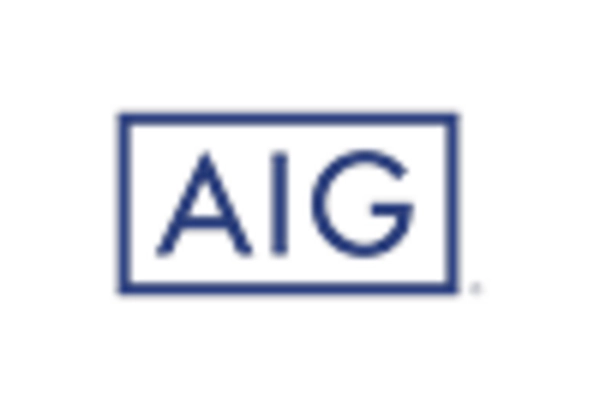
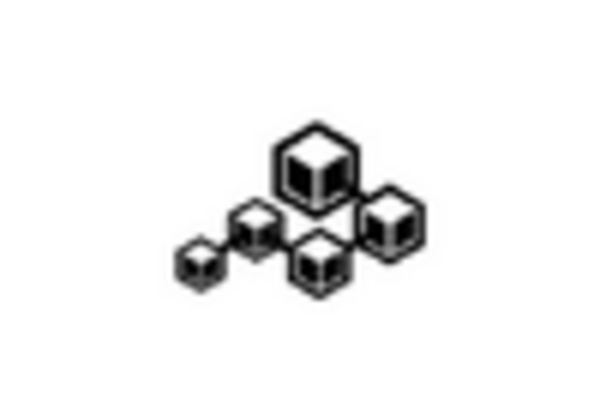
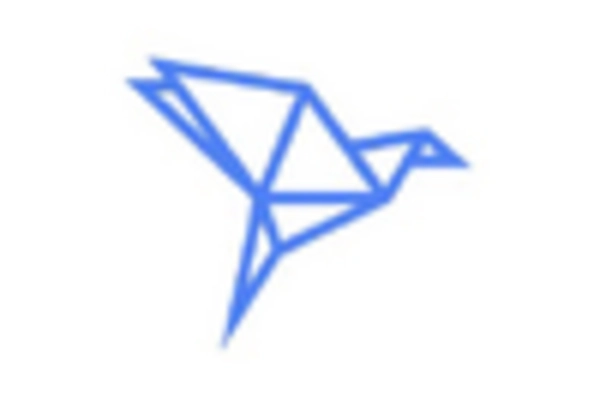

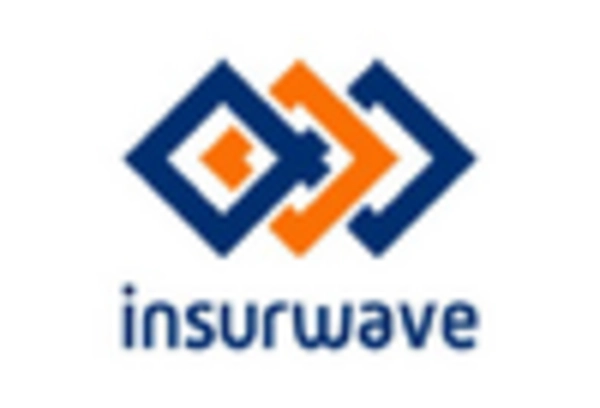
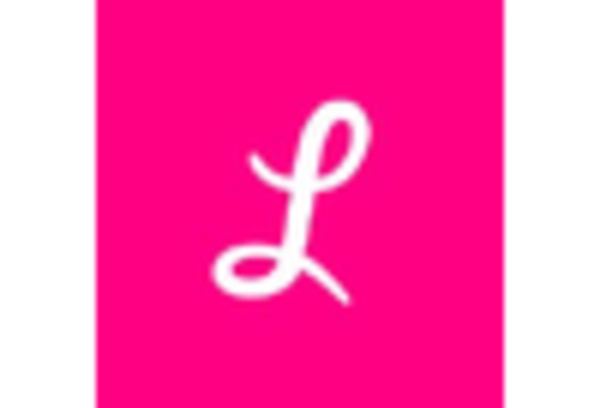








Leave a Comment